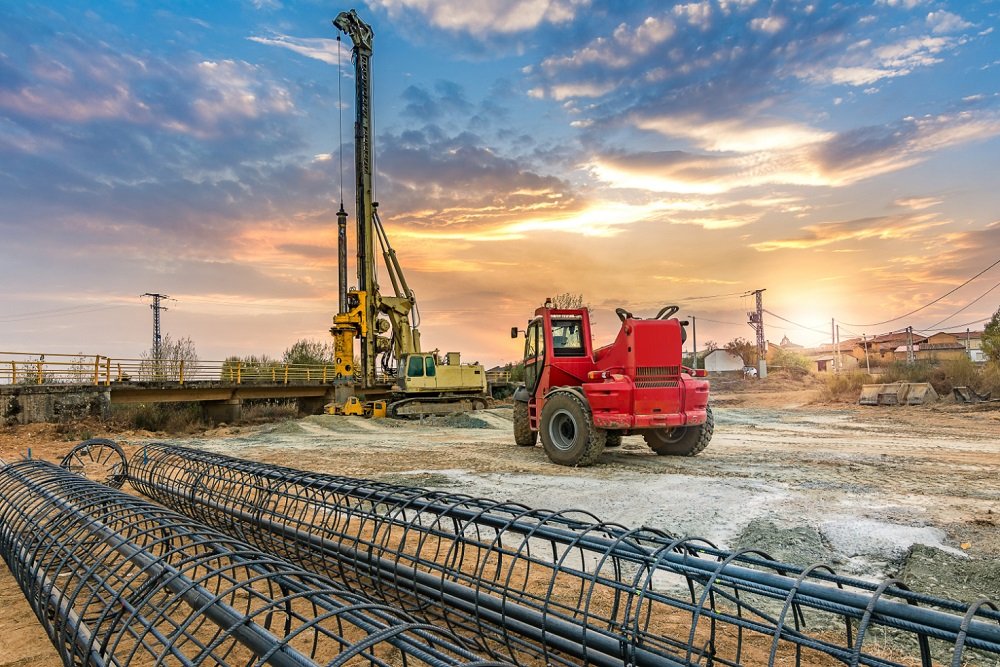Piling is digging foundations into the ground to strengthen the unstable soil beneath. Piling is the process of preparing the ground to support huge weights such as a new residence, office complex, road, or another piece of infrastructure.
Piles are often long poles composed of wood, steel, or concrete. Its form, size, and weight may vary based on the soil conditions and project requirements. Piles, for example, may be required to sustain uplift loads to support higher constructions such as skyscrapers. Engineers must think about overturning forces from winds or waves in this instance. Pile foundations operate by dispersing massive building weight across a larger surface area.
London piling contractors provide a comprehensive service and can install any piling required for the ground conditions around the city.
What Is The Piling Contractor’s Role?
Before anything further can happen, the site, in principle and the soil must be examined and assessed. The type of pile most suited and the machinery that may be used will be influenced by factors such as the strength and type of soil, the level of the water table, headspace if the piling will take place in a restricted area, and access to the site.
After completing precise blueprints, the piling contractors will bring in their heaping specialists and machinery. This is one of many reasons why hiring a professional piling contractor is essential since they will have those resources on hand rather than having to bring them in.
How To Build A Pile Foundation
Piles are driven or nailed, as opposed to other building materials such as beams or pillars, which are cast and connected horizontally. Driven heaps are driven into the ground with a pile driver, which functions similarly to a screwdriver. It spins the pile into the dirt using a pneumatically powered shaft. Pile construction can also be done by nailing them into the ground with a pneumatic hammer. Contiguous heaps, in addition to driven piles, are a popular type of pile. They are built by Continuous Flight Auger (CFA) piling, CSP (Cased Secant Piling), or LDA (Large Diameter Auger) procedures.
What Is The Purpose Of CFA Piles?
Continuous Flight Auger (CFA) piling produces almost little vibration and is one of the lightest ways of piling, which makes it suitable for ecologically sensitive situations.
Various Kinds Of Piles In Construction
Piles can be categorized into several varieties based on their load transmission technique, such as:
- Piles Of Friction
- Pile Supports
- Friction-Cumberland Piles
- Pile Guides
- Sheet Piles Batter Heaps
- Bored Piles Construction Issues
Steel Or Concrete Deterioration
During construction, the pile’s concrete and steel components may be damaged. Furthermore, they may have certain early flaws. To address this, extreme caution should be exercised during the manufacturing and building processes. At all phases of building, skilled personnel should be used. A fractured pile may be unable to withstand the appropriate weight.
Conclusion
Here we have stated the pile construction techniques, covering design, distinct varieties, and the overall construction. Finally, several issues encountered during pile construction are discussed as potential remedies. Nonetheless, pile constriction is an excellent option for reinforcing building foundations.

